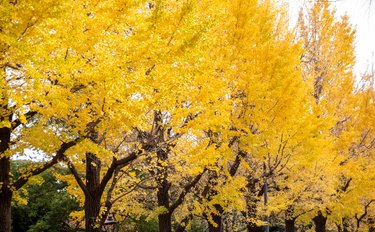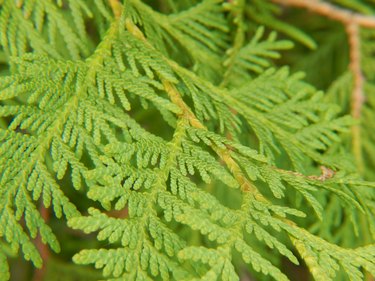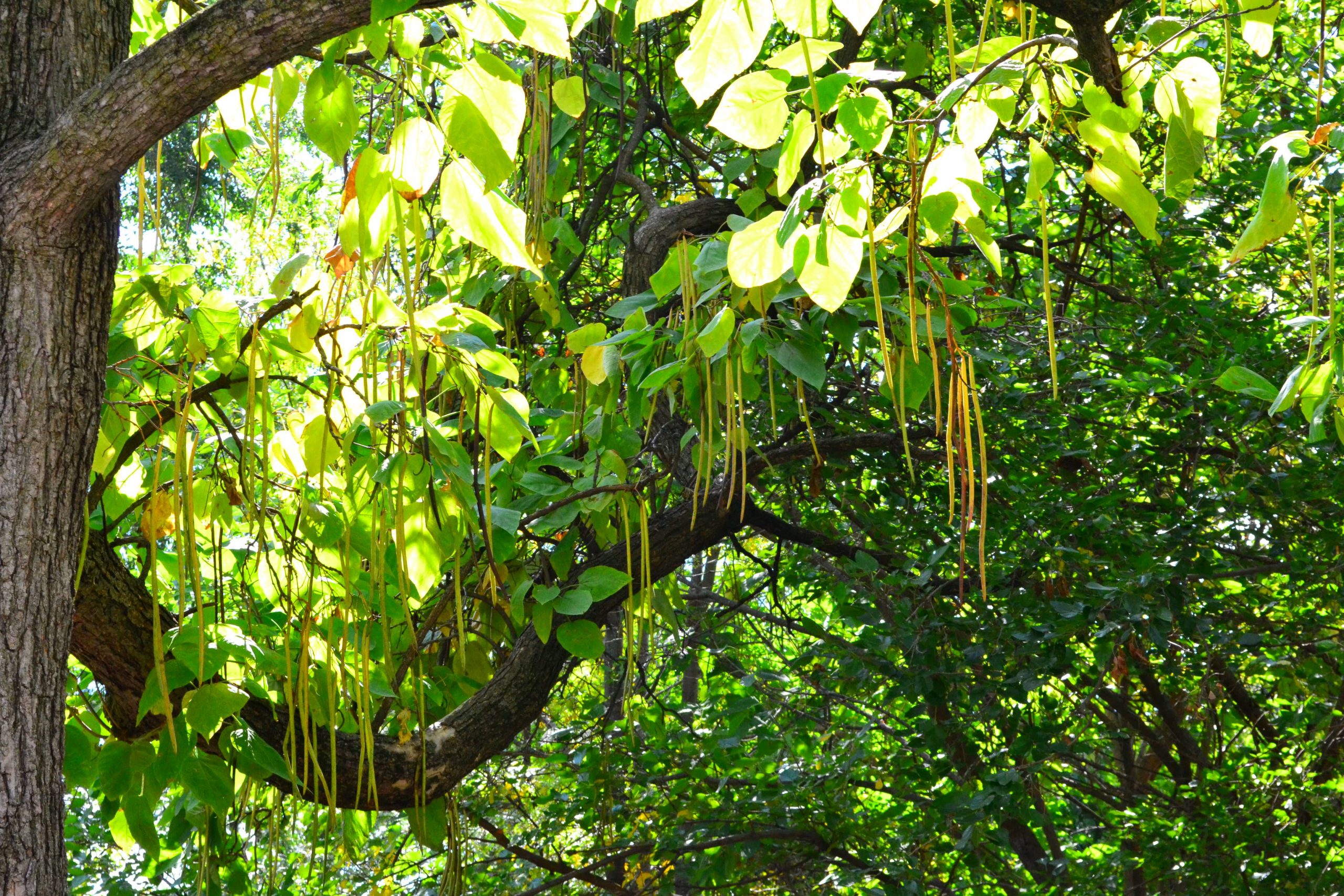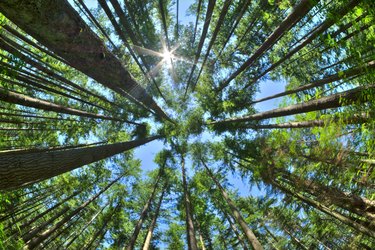The catalpa tree, or Catalpa speciosa, is a native tree with heart-shaped leaves and big groups of fragrant, showy flowers. To top it all off, the tree has strange, cigar-shaped seed pods that hang from the bare branches all winter. It is grown both as an ornamental and for the utility of its wood. It is hardy in U. S. Department of Agriculture plant hardiness zones 4 through 8.
If you’ve ever stumbled upon an unusual tree with dangling bean-like seed pods you’ve likely encountered the Catalpa. This distinctive tree is easily identified by its long, slender fruit that resembles green beans, earning it the nickname “string bean tree”.
Beyond its ornamental pods, the Catalpa tree has a number of other notable features. It is valued for its hardy timber abundant flowers wildlife benefits and resistance to pollution. Though relatively short-lived, Catalpas make beautiful additions to large properties and parks.
Curious to learn more about this unique tree? Keep reading for a complete overview of the Catalpa – the string bean tree.
Catalpa Tree Key Features
Catalpas belong to the Bignoniaceae family and are classified as Catalpa speciosa in the northern states and Catalpa bignonioides in the south. Here are some key identifying features
-
Leaves: Large, heart-shaped leaves up to 8 inches long arranged in whorls of 3
-
Flowers: Showy spring flowers borne on panicles up to 8 inches long. Flowers are bell-shaped with white and purple spotted throats.
-
Fruit: Slender, bean-like pods 6-24 inches long that hang vertically from branches
-
Bark: Light grey and smooth when young, becoming furrowed with age
-
Height: 40-70 feet tall with an oval, open crown
-
Lifespan: Typically 50-60 years, sometimes up to 100 years
The Origins of the Catalpa Name
The name Catalpa has its roots in the Cherokee language. It comes from the word “kutuhlpa” which means “winged head” referring to the winged seeds inside the long pods.
The species name speciosa is Latin for “showy” or “beautiful” in reference to the attractive flowers. Other common names for the tree include cigar-tree, catawba, Indian bean tree, Hardy Catalpa and Western Catalpa.
The Catalpa is sometimes confused with the more tropical Paulownia or Princess tree, which has similar leaves andflowers, but lacks the long fruit pods.
Native Range and Growth Habitat
The Northern Catalpa is indigenous to a relatively small region of central Mississippi River basin from Arkansas up through Missouri, Illinois and Indiana. It has been widely propagated beyond its native range thanks to its hardy timber and abundant blooms.
Catalpas prefer full sun exposure but tolerate partial shade. They thrive in moist, fertile, well-drained soils and have good wind and drought tolerance. They can adapt to a range of soil pH but prefer slightly acidic conditions. Catalpas grow well in most temperate climates including USDA hardiness zones 4-9.
Catalpa Flowers and Seed Pods
One of the Catalpa’s most ornamental features is its spring flower display. Clusters of showy, bell-shaped white flowers with yellow and purple spotted throats appear in mid to late spring after most trees have finished flowering. The fallen blooms create a dramatic white carpet effect on the ground.
These large panicles of flowers give way to the Catalpa’s signature long, slender seed pods in early summer. Starting out bright green, the bean-like pods eventually turn brown by fall. They hang vertically from branches, gracefully swaying in the breeze.
Inside the pods are rows of flat winged seeds. The pods split open when ripe, releasing the seeds to be dispersed by the wind.
Uses for Catalpa Wood
Catalpa wood is lightweight, straight-grained, relatively soft and resistant to decay. This makes it valued for the following uses:
-
Fence Posts – One of the most common historical uses due to its rot resistance and light weight. Freshly cut posts can be used without treatment.
-
Railroad Ties – Catalpa wood is still used for railroad ties in South America due to its durability.
-
Fuel – Catalpa burns slowly with little smoke and makes excellent firewood.
-
Pulp – The wood fibers are useful for making high quality paper products.
-
Art Carving – Catalpa’s soft, easily worked texture lends well to detailed carving and whittling.
-
Interior Trim – Adds visual interest when used for decorative millwork, cabinets, doors and trim.
Catalpa Tree Benefits
Beyond ornamental interest and timber uses, Catalpa trees provide additional benefits:
-
Shade Tree – Its broad canopy provides ample shade. Leaves filter sunlight creating dappled shade.
-
Wildlife Habitat – The nectar-rich flowers attract hummingbirds, bees and butterflies. Songbirds eat the seeds.
-
Pollution Tolerance – Its adaptability and vigorous growth allow Catalpas to thrive in urban areas and resist pollution.
-
Fast Growth – Catalpas are exceptionally fast growing when young, upwards of 3 feet per year. Their rapid growth quickly provides shade and screening.
Potential Drawbacks of Catalpas
The Catalpa’s messy fruits and weak branching habit create some negatives:
-
Short lifespan of just 50-60 years typically
-
Brittle, prone to storm damage
-
Bean pods and large leaves require cleaning up
-
Susceptible to leaf spots, powdery mildew and leaf miners
-
Taproot makes transplanting older trees difficult
-
Can be invasive as seeds spread aggressively
How to Grow Catalpa Trees
Catalpas grow best in full sun locations with well-drained, fertile soil. They have higher moisture demands when young but become quite drought tolerant when mature. Here are some tips for growing Catalpa trees:
-
Purchase young nursery-grown saplings in spring.
-
Select a spot with plenty of room to accommodate mature size.
-
Plant in spring after the last frost.
-
Space multiple trees at least 20 ft. apart.
-
Keep soil moist but avoid waterlogged conditions.
-
Apply general purpose fertilizer in early spring.
-
Prune to shape structure and remove dead branches while young.
With its tropical-looking beans dangling from every branch, the Catalpa tree is one of the most distinct specimens you can grow. Beyond the ornamental seed pods and plentiful blooms, it provides wildlife support, hardy timber and pollution tolerance. Though relatively short lived, Catalpas bring beauty and shade to yards small and large. Just be prepared to clean up some litter in exchange for this fascinating tree.
Meet the Northern Catalpa
Video of the Day
The northern catalpa is a tree native to the United States Midwest. It is a medium-size tree, growing to between 40 and 60 feet tall. The narrow, rounded crown; gray bark; and spreading branches unite to make the tree extremely attractive.
Video of the Day
Its big leaves are up to 12 inches long and 8 inches wide. They are dark green and shaped like hearts. The fragrant flowers are bell-shaped and about 2 inches wide. They appear on the tips of branches in loose, upright panicles. Each flower is white with five frilly edged lobes, speckled or streaked with purple and orange.


The flowers are followed by the defining feature of the tree: its fruit. This appears as long, narrow capsules that are up to 14 inches long. Some think they resemble green beans, while others compare them to cigars. Each pod contains at least 100 winged seeds. The seeds are so small that to make up a pound, it takes over 20,000 seeds. The pods dry as they mature and split open to drop seeds.
Northern Catalpa Growing Environment
To find northern catalpa in the wild, go from New England to North Dakota and south to Texas. It grows near streams, rivers, and lakes. In addition to its native range, it is widely planted as an ornamental tree. It is commonly planted along city streets, and in the right setting, the large number of seeds it produces in its bean-like pods can even make it an invasive problem. Its not difficult to propagate a tree from a seed.


The catalpa flowers appear in May and June. They are pollinated by bees, wasps, and flies. Based on where in the country they grow, the fruits are ready in the fall, between September and October.
While largely considered an ornamental tree today, the tree was initially grown for its wood. Catalpa wood is strong and resistant to rot. It is used for fence posts, railway fuel, and power poles. It was also used to make calligraphy paper openers and furniture.
The tree also had early medicinal uses. For asthma and heart problems, the beans were used. For eye problems and swollen lymph glands, the leaves were used. For swollen glands, the bark was also used.
Although the catalpa tree is undeniably a beautiful tree, the primary drawback is the mess that it makes. The flowers fall off in early summer, and the leaves fall off in the fall. In the winter, the dried bean pods fall off and make a mess on the lawn. On top of that, its season isn’t very long; it’s one of the last trees to lose its leaves in the fall.
Advertisement Hunker may earn compensation through affiliate links in this story. Learn more about our affiliate and product review process.
Growing Green Beans. Everything you need to know.
FAQ
What tree looks like a string bean?
What is a catalpa tree good for?
What tree looks like it has pea pods?
Do all catalpa trees have beans?
What does a bean tree look like?
Trees with long, slender seed pods are easily identified in woodlands and parks. The distinctive bean-like pods may look like a string of pearls, long flattened brown cases, or slender cylindrical seed pods measuring up to 24” (60 cm) long.
What is a bean tree & a cigar tree?
The bean-like seed pod is the origin of the alternative vernacular names Indian bean tree and cigar tree for Catalpa bignonioides and Catalpa speciosa, respectively. The tree is the sole source of food for the catalpa sphinx moth ( Ceratomia catalpae ), the leaves being eaten by the caterpillars.
What do bean pods look like?
The distinctive bean-like pods may look like a string of pearls, long flattened brown cases, or slender cylindrical seed pods measuring up to 24” (60 cm) long. Many of these trees with long seed pods are in the bean family Fabaceae and have similar seed cases containing several round or oval seeds.
What do beech tree seeds look like?
Beech tree seed pods are identified as brown, spiny burs that have a hard shell and are called cupules. Each brown seed pod contains two to four seeds. An unusual feature of beech nuts is their angular shape with three sides. Beech tree seeds measure 0.5” to 1” (1.12 – 2.5 cm) long, and the spiky burs are slightly larger.
- The Ultimate Guide to Growing Strawberries in Raised Beds - August 8, 2025
- No-Dig Garden Beds: The Easiest Way to Grow a Beautiful Garden - August 6, 2025
- How to Protect and Preserve Wood for Raised Garden Beds - August 6, 2025


